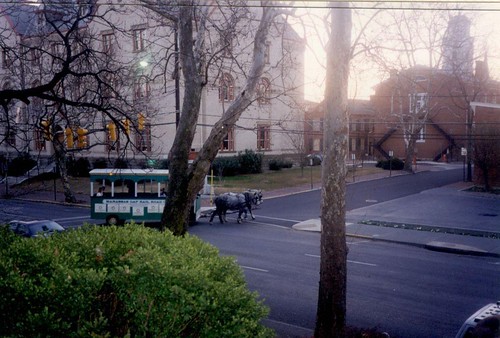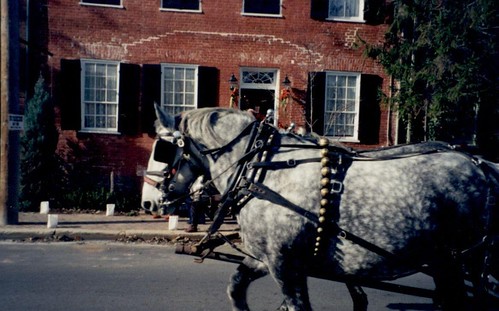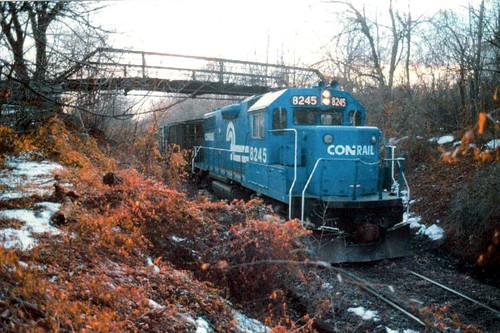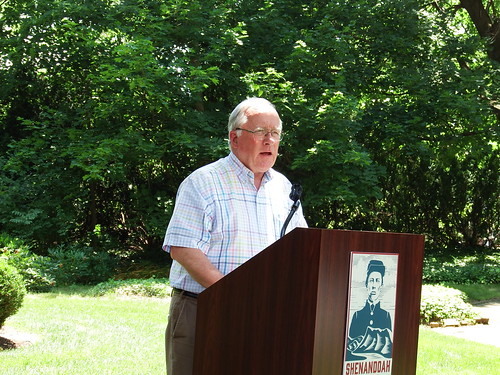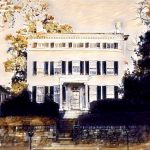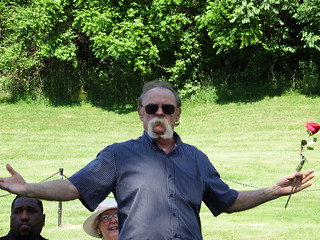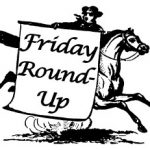 Happy Friday! This week, we gathered some interesting links from around the internet to share with you.
Happy Friday! This week, we gathered some interesting links from around the internet to share with you.
One thing we get asked about from time to time is reading the handwriting in early deeds and insurance policies. A good starting point if you’ll be reading or transcribing a lot of older writing is “How to Decipher Unfamiliar Handwriting” (geared to British and Australian sources, but the tips are universally applicable). Keithbobbitt.com has shared a chart and common abbreviation list of Colonial American handwriting by Kip Sperry that may help you decipher some tough letters and words in 17th century documents. If you feel up to testing your skills, you can try a matching game of individual letters based on Kip Sperry’s work at Reed.edu.
If you’re in need of help with 18th century writing, we found an in-depth guide with tips and sample writing and transcription (among other activities!) at DoHistory.org. Reading and transcribing will be easier in 19th and 20th century documents as writing was taught to standardized forms that remain similar to the cursive you may have learned in school yourself. Like most things, reading older handwriting is a skill that can be learned and improved, and some handwriting is easier to read than others.
If you are looking for something, perhaps at a graduate level, to study in conjunction with a public history or historic preservation degree, the National Trust recently posted Show Me the Studies! Environmental Design Research and Historic Preservation. While most preservationists have a gut feeling historic places help anchor us in time to our past, there have been very few studies on the subject as to the causes of those feelings – and studies are often key to having data that is “known” to be true to be validated and used in other important ways.
If you’d like your study to be a little closer to home, one class of fourth grade students has started a closet archeology project in their school. The project came about through a gap in the floor left by the removal of some sliding doors. Students would find interesting items in the gap – and the deeper they went in the hole, the more interesting the finds became. See some of the items found under the floorboards at the Closet Archeology Instagram. Some of those puzzle pieces look awfully familiar. . .
In a different sort of closet archeology, the blog 1970s Activist Publishing in West Virginia: Researching Appalachian Movement Press detailed the author’s journey to uncover the story of a small press that operated between 1969-1979 in Huntington, West Virginia. It is a good case study of how to research something of the recent past that has largely been forgotten. Perhaps my favorite passage, and one that I am sure all researchers wish more organizations would take to heart is:
“Suffice it to say that, if you’re publishing things on paper right now: Archive Your Work! You never know when someone decades later is going to care about what you were doing, and have a hell of a time trying to find out about it. Don’t leave it in a moldy basement!”
Last, if you are a National Trust Forum member, be sure to check out the latest issue of the Forum Journal, which covers a number of topics on preserving and interpreting difficult history, a topic that is perhaps more relevant than ever before.
